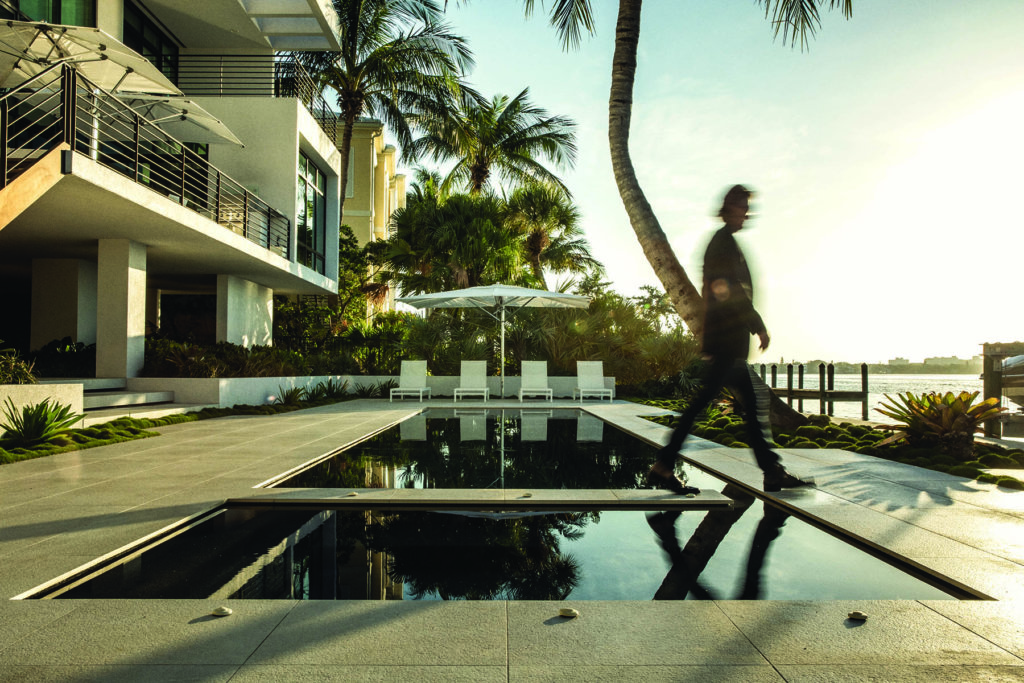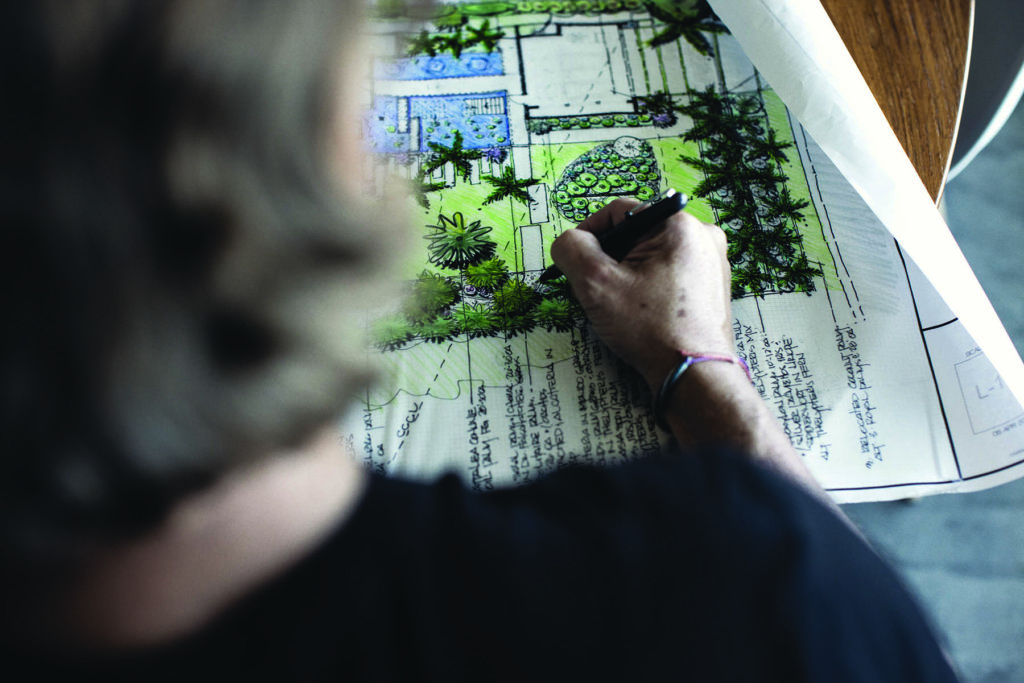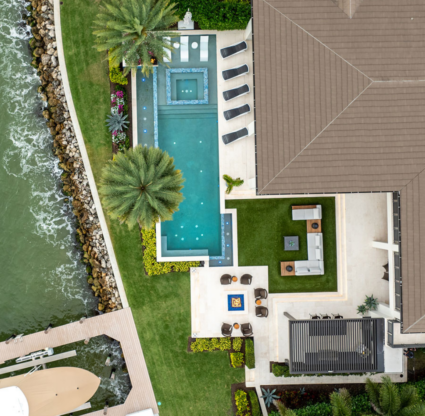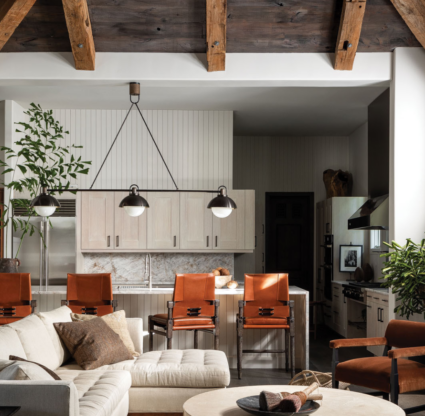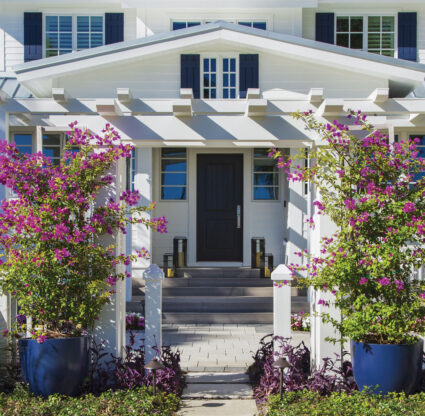Landscape architect David Young is well-versed in the many complications—and possibilities—that are inherent to Southwest Florida’s unique terrain. After all, he grew up in Naples, dividing his time between drawing and working for his mother’s interior foliage company. “That was my envoy into learning about plants and what they did in terms of creating an environment,” he says. “It was a childhood that was kind of a combination of artistry and nature.” Recognizing his talent for both, his mother suggested he study landscape architecture at the University of Florida. “It just made sense to me,” he says.
Afterward, Young returned to his hometown and trained at esteemed landscape architecture firm J. Roland Lieber. He learned from local notables like Jack Lieber, John Ribes, Jerry Stropes and Ellin Goetz, before going out on his own 20 years ago with his Sarasota-based firm, DWY Landscape Architects. He’s spent the last two decades building a reputation with his ability to enhance modern architecture with his thoughtful, enduring designs. “We have a really solid group of modernist architects and a good midcentury modern history,” he says, referring to the strong influence of postwar modern architecture in the city, which is known as Sarasota Modern. “We’re fortunate to get to work on those projects. It probably accounts for 75 percent of our business.”
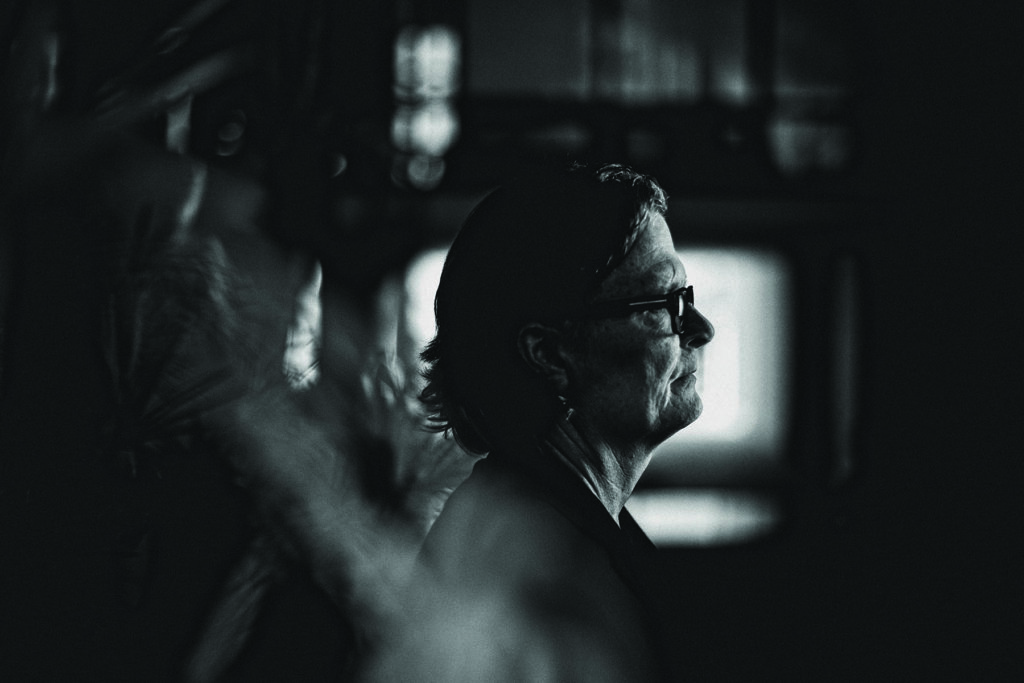
After evaluating the site, he says, modern landscape design begins with the hardscaping. While more traditional styles call for running bond masonry or randomly placed pavers, Young prefers the precision that comes with modern architecture. “It’s more linear and inspires something sculptural that’s designed to eliminate curves. It’s an elevated form,” he says. “The hardscape is more defined and architectural. All the joints have to be perfectly aligned, because if anything is off—even a little—it looks helter-skelter.”
When it comes time to pick plants, he says, almost anything goes depending on the site. “I will say, I’ve never used a rose in anything that I’ve ever done.” He considers the existing elements and how best to enhance what’s there. Plants are chosen based on intent, whether that be to provide shade or add visual interest with color or texture. “We’re not trying to recreate nature as much as trying to elevate your experience within a space,” he says.
One such example is a project Young did in Boca Grande with a motor court made of callida limestone and ribbons of salt-tolerant grass that allow rainwater to seep down into a large cistern so it can be used for irrigation; an above-ground, glass-bottom pool surrounded by palms; and a stunning, privacy-enhancing wall of seagrapes along the Gulf side.

Other notable projects include a property on Siesta Key where his landscape plan was so bold and extensive that it inspired his client to reimagine her entire home. The home is surrounded by a series of pools bisected with walkways to provide the feeling of walking on water, a labyrinth garden, several glass-enclosed outdoor rooms, and walls of palm trees and bamboo screens around the perimeter.
A steadfast environmentalist (“You don’t study that long and come out wanting to cut down every tree,” he says), Young has been delighted to find that more homeowners are interested in incorporating sustainable design in their own backyards. The term encompasses so much. “It’s not just about mitigating heat-island effects in parking lots with a canopy, minimizing solar gains on a property by establishing shade and shadow outside large windows, and shrinking the footprint of development sites,” he explains. “Sustainability is also about the way stormwater moves across and off a site, and how to use it once or twice before it ends in a watershed. It involves mitigating light pollution. Plants can be used to create a microclimate; they’re good at reducing wind load and improving air quality. There’s a whole world of good things that you can focus on.”
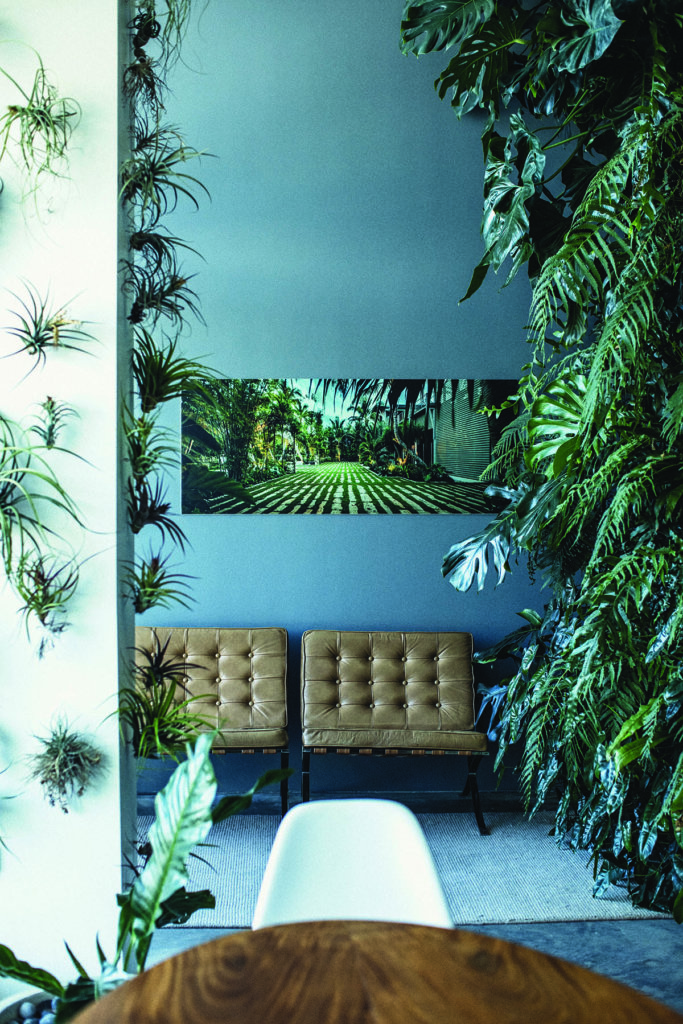
But Young says all that focus on function still leaves plenty room for fun. At the moment, he’s focused on creating vacation-like experiences for homeowners who could use a break from remote learning and working—think plenty of lush landscaping paired with resort-level amenities. “We’re pretty busy designing pergolas, pools, dining areas, outdoor kitchens—you name it—everything you might see at a luxury hotel,” he says. “People want to be able to step out and enjoy that kind of life in their own backyard without having to wait for their next vacation.”
Photography by Brian Tietz

